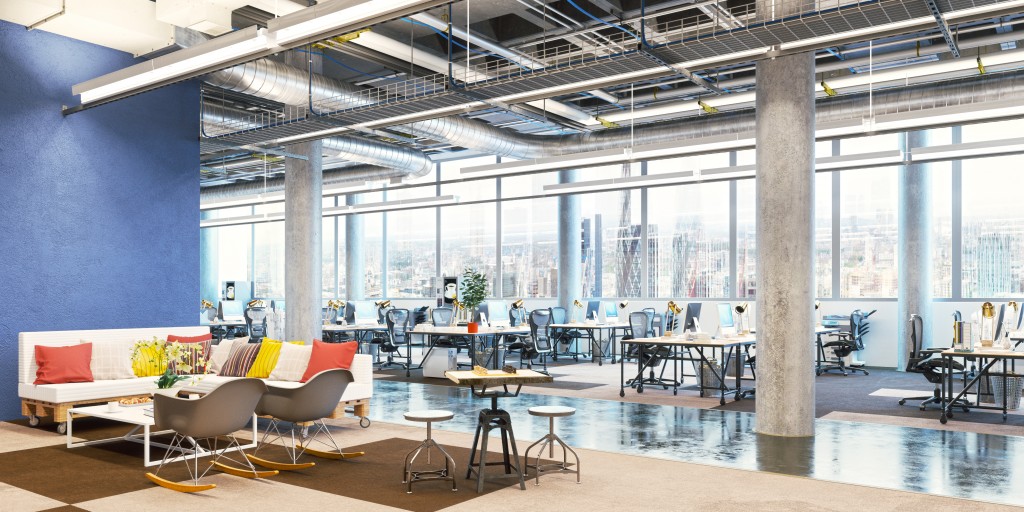Forming a team is a give-and-take relationship. Employees lend their experience and skills to contribute towards the successful functioning of a company while the company pays them for their hard work. But offering a competitive salary and benefits is not the only way to retain employees and develop a competitive workforce. Setting the team for success involves the physical, intellectual, and emotional ways to support them.
A comfortable work environment is critical in creating a great workplace culture. It’s all about making employees feel more valued by providing them a comfortable workstation than just any other workspace. Ideally, it should consider comfort, design, opportunities for socialization, and other elements that boost productivity.
A successful company is not possible without talented employees. In this age where people easily suffer from stress and work burnout, companies should maintain a healthy work environment to reap positive outcomes despite a stressful atmosphere. More than anything else, the best place to start is the workplace structure where employees spend a considerable time of their day.
To ensure a comfortable workplace environment, here are core elements you should consider when designing an office space.
Temperature
One of the biggest problems that negatively affects workplace comfort is poor temperature level. Room temperature has a significant impact on work performance. Employees prefer to work in climate-controlled rooms where they can easily move and work without breaking a sweat.
In an office environment where the air-conditioning system works nonstop, there may be times when the appliance suddenly breaks down in the most unexpected moment. Without an HVAC unit to regulate the temperature, employees are likely to suffer because of extreme heat or cold. That’s why companies turn to air conditioner rentals to provide much-needed relief for their building spaces.
One of the poor habits in using an air-conditioning unit is setting a large difference between outdoor and indoor temperatures. Most establishments do this to save on energy costs, but this approach can cause employees’ health by exposing them to health problems such as frequent colds.
Keeping the temperature at a comfortable level helps an employee work at ease without worrying about their comfort. For better productivity, the indoor temperature should be adjusted between 20 and 25 degrees Celsius. During summer months, air-conditioned rooms should not be over five degrees lower than the outdoors. In the winter, avoid setting the room temperature too high because an overheated environment leads to lethargy and fatigue.
The ideal indoor climate may still differ per person. The temperature depends on gender, age, and preference. A great tip is to let employees adjust the setting on heating or air-conditioning systems. This is based on a study where people tend to be less productive and suffer from sick building symptoms if they cannot alter the indoor temperature.

Lighting
Light can influence our overall mood and performance. Workplace lighting is critical to employee productivity, as it affects a person’s energy and quality of sleep. In this case, installing correct lighting can help enhance well-being and combat fatigue in an office environment.
Modern offices today are not only adopting open workspaces but also brighter areas. These workplaces use transparent or glass materials to allow natural light to pass through. As a result, employees don’t have to rely on dull artificial light to get the illumination they need. This puts them in a better state of mind and improves their productivity by making them feel calmer and more relaxed.
Even if the office has no access to sunlight, provide a relaxing environment by adding artificial lighting to make the atmosphere look and feel brighter. Instead of the traditional fluorescent lights, use artificial lighting with adjustable intensity. This will allow you to match the brightness with employees’ biological rhythm.
Acoustics
Good acoustics are necessary for any building structure. In order to function well, employees need a workspace free of distractions that enable them to concentrate.
The problem with open office spaces is the excessive noise. This can disrupt employees’ concentration, which can affect the quality of their work. Take note that people have different preferences when it comes to acoustic level. Some prefer listening to music, while others work best in complete silence.
A great tip is to provide quiet rooms for employees where they can experience solitude to focus on a difficult task. This will reduce interruptions and stress, thus improving their productivity and mood.
Creating a comfortable workplace for employees is not just critical for their health and safety; it also contributes to their productivity, motivation level, and overall performance. With the core elements of a workplace environment, you will surely create a workplace that promotes productivity and positivity.




